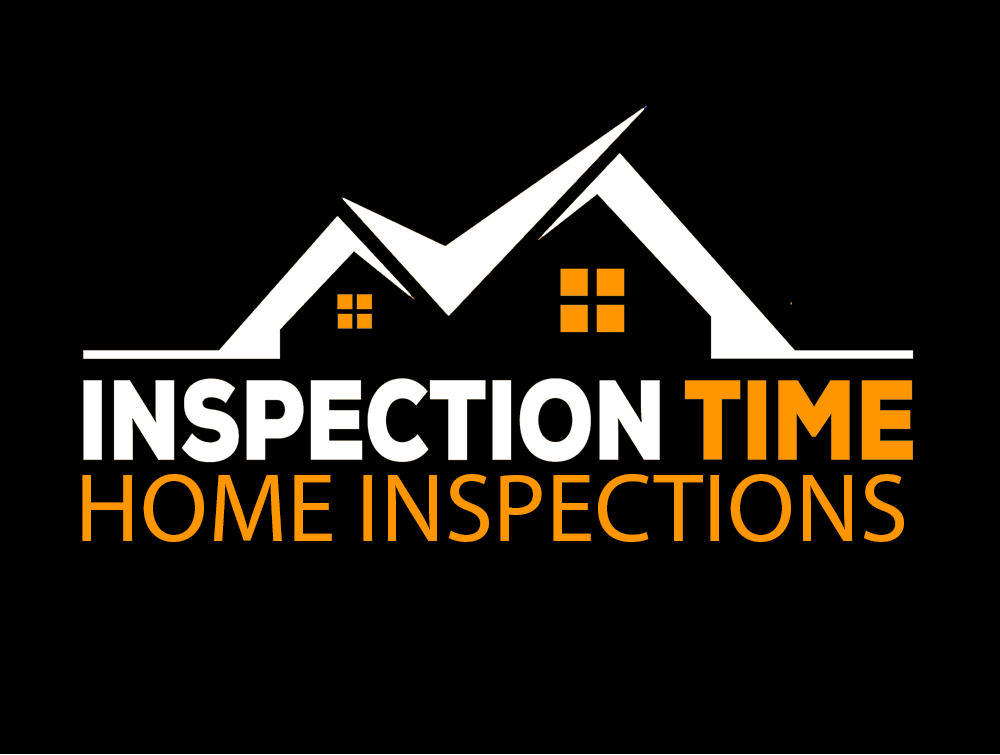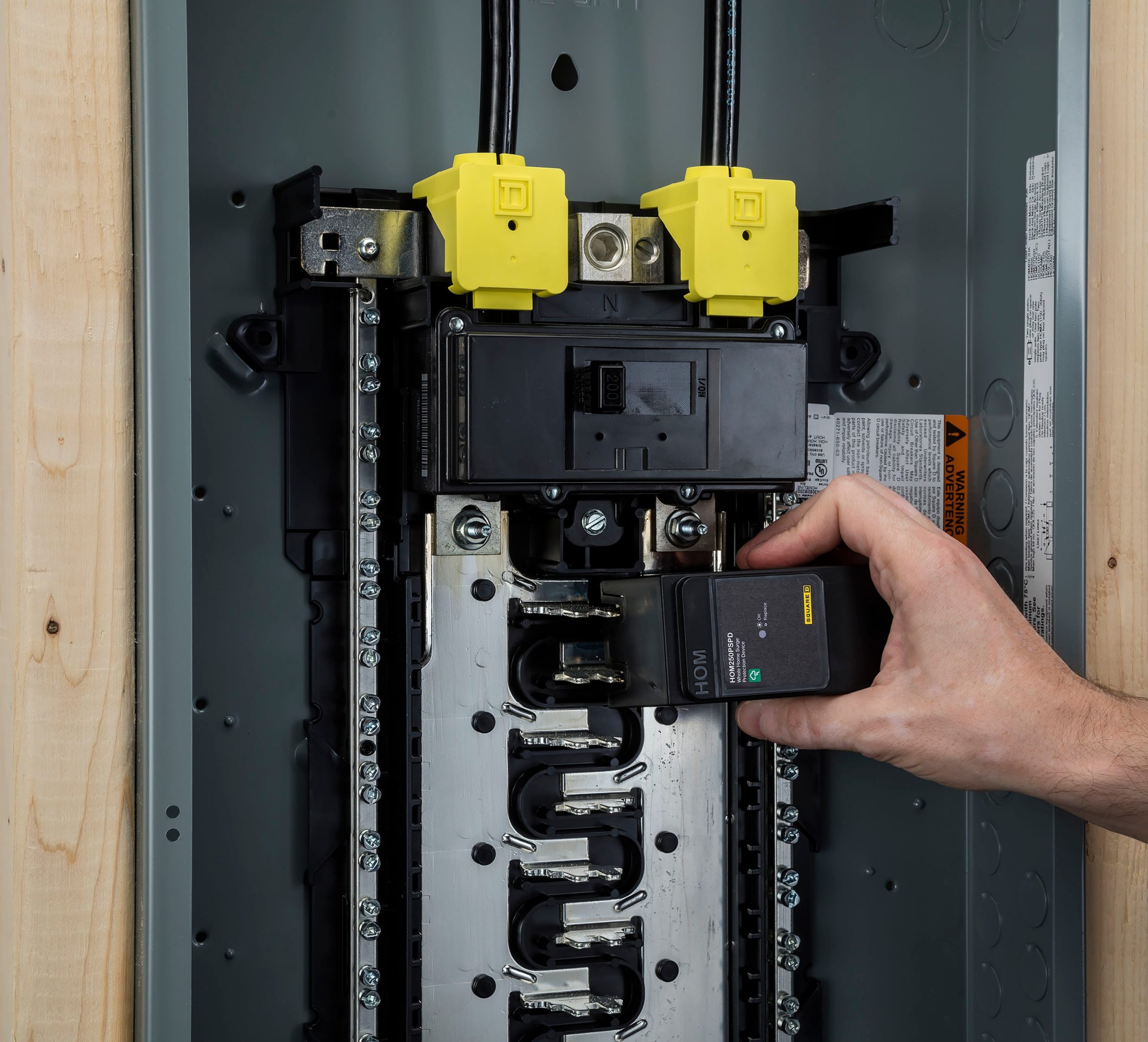Whole-House Surge Protectors: Why They’re Required and Why Inspectors Call Them Out
Many homeowners are familiar with surge strips or plug-in protectors, but not everyone knows that modern homes are now required to have a whole-house surge protector. These devices safeguard your entire electrical system from damaging power surges — and they’ve become an important point during home inspections.
When Surge Protection Became Required
In 2020, the National Electrical Code (NEC) updated its requirements under NEC 230.67. This section mandates that all new or replaced service equipment (main panels) must include a Type 1 or Type 2 surge protective device (SPD).
This change recognized the increasing number of sensitive electronics and appliances in homes — from smart devices to HVAC systems — that are vulnerable to voltage spikes.
Why Whole-House Surge Protection Matters
1. Protects Electronics and Appliances
Power surges don’t just come from lightning strikes. Everyday events like utility switching, downed power lines, or even appliances cycling on and off can cause small surges. Over time, these surges can damage TVs, computers, refrigerators, and other expensive systems.
2. Reduces Fire Risk
Severe surges can overheat wiring and electrical components, potentially leading to fire hazards. Whole-house protection provides an extra layer of safety.
3. Increases System Longevity
By reducing stress on the electrical system, surge protectors help extend the life of wiring, breakers, and connected equipment.
Why Home Inspectors Call It Out
Even though whole-house surge protection is a newer NEC requirement, home inspectors call out the lack of one for several reasons:
- Safety & Protection: A home without surge protection is more vulnerable to electrical damage.
- Today’s Standards: While older homes may not have been built with them, inspectors note it so buyers understand modern safety expectations.
- Upgrade Recommendation: It’s a relatively inexpensive upgrade compared to replacing major appliances or electronics after a surge.
Inspectors aren’t enforcing code — but we highlight deficiencies that affect safety, function, or value. Whole-house surge protection checks all three boxes.
What Homeowners Should Do
If your home doesn’t have a whole-house surge protector, consider having a licensed electrician install one at the main service panel. Many are designed to integrate directly into the panel or can be installed as an add-on device. This small investment can protect thousands of dollars in equipment.
✅ Bottom Line: Since 2020, the NEC has required whole-house surge protection for new or replaced main panels (NEC 230.67). Home inspectors call it out because it’s a modern safety standard that protects your home, your appliances, and your investment. Adding one is a simple way to bring peace of mind and long-term protection.
Author: Inspection Time | Aaron – Certified Master Inspector TREC #25498 | NACHI22040459 | LEAD FIRM #NAT-F244506-1 | TDA# 0907507 | Airman Certificate #4902697





